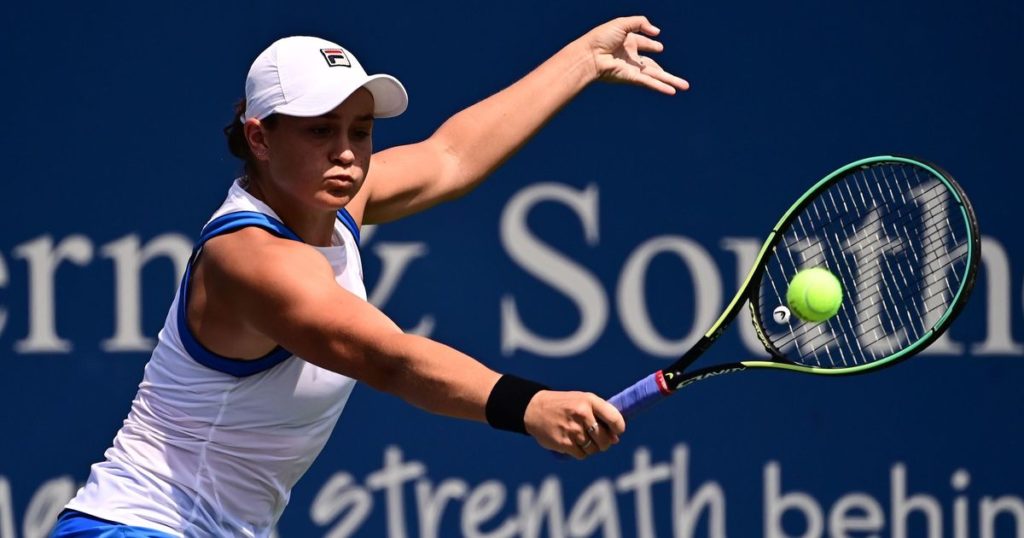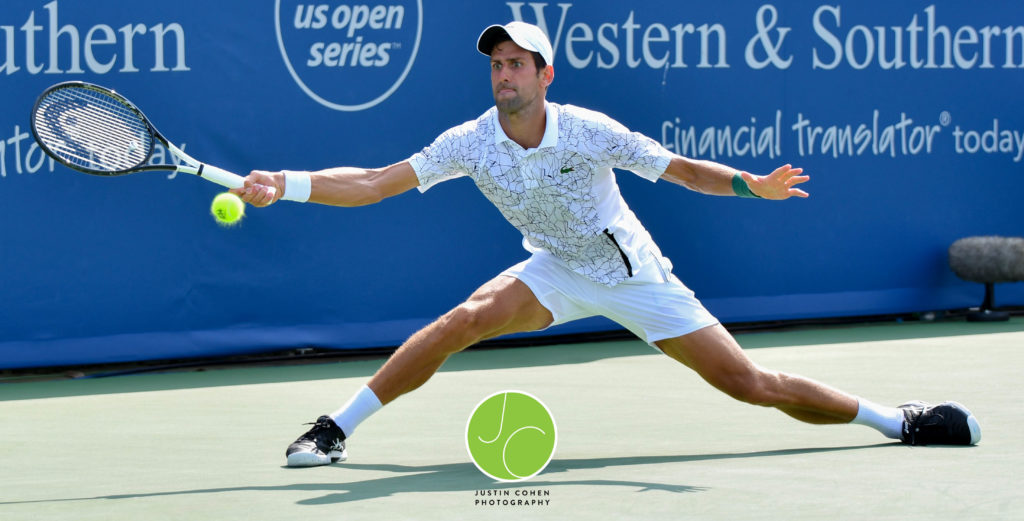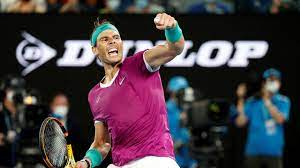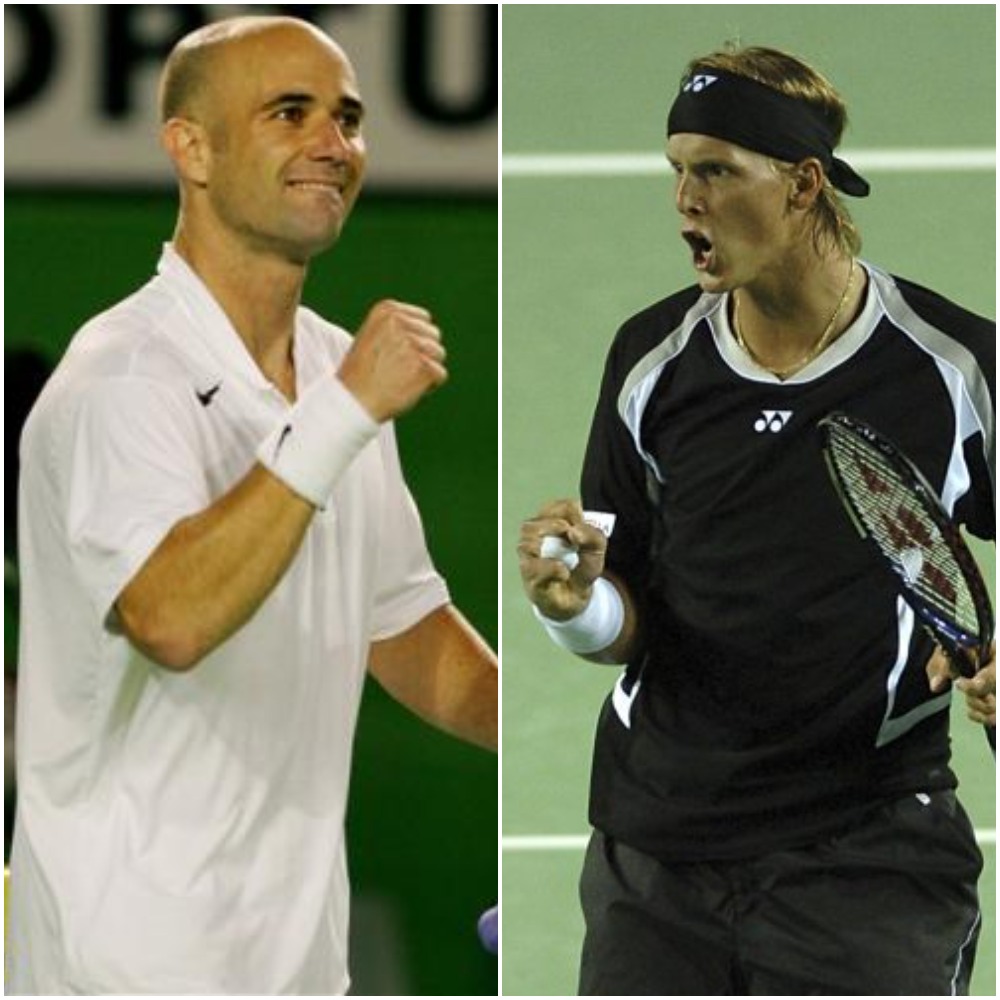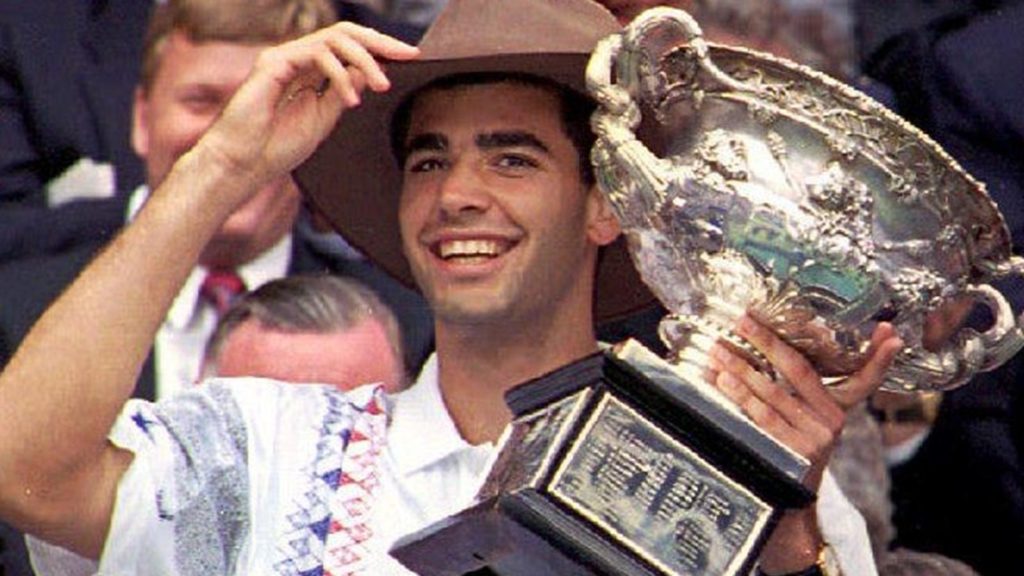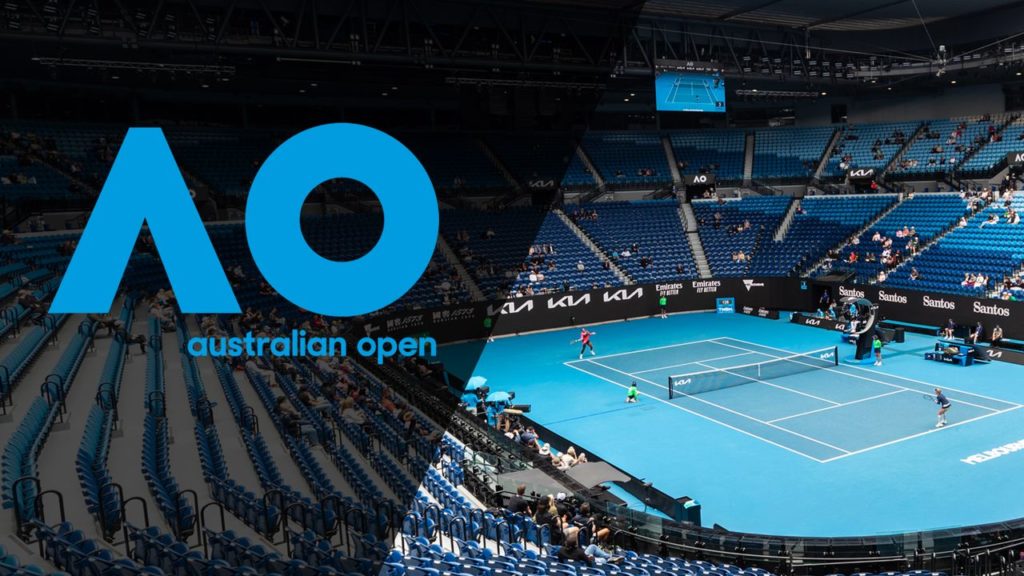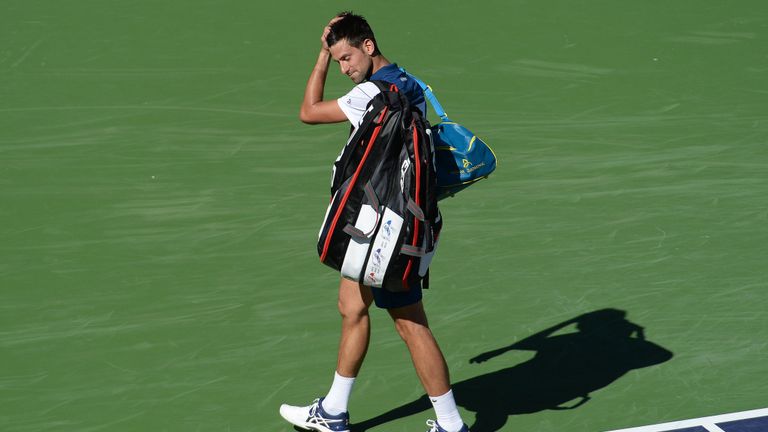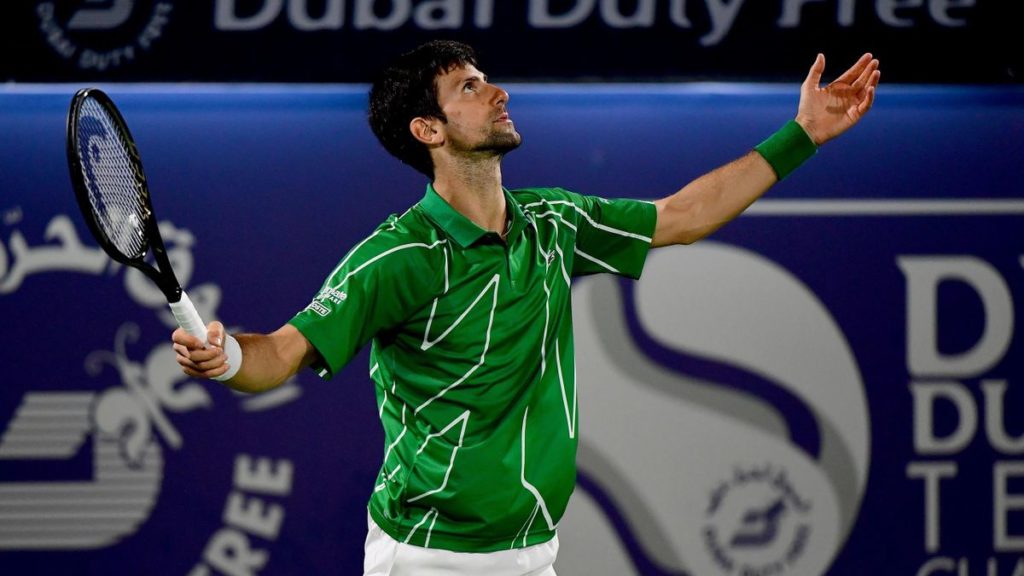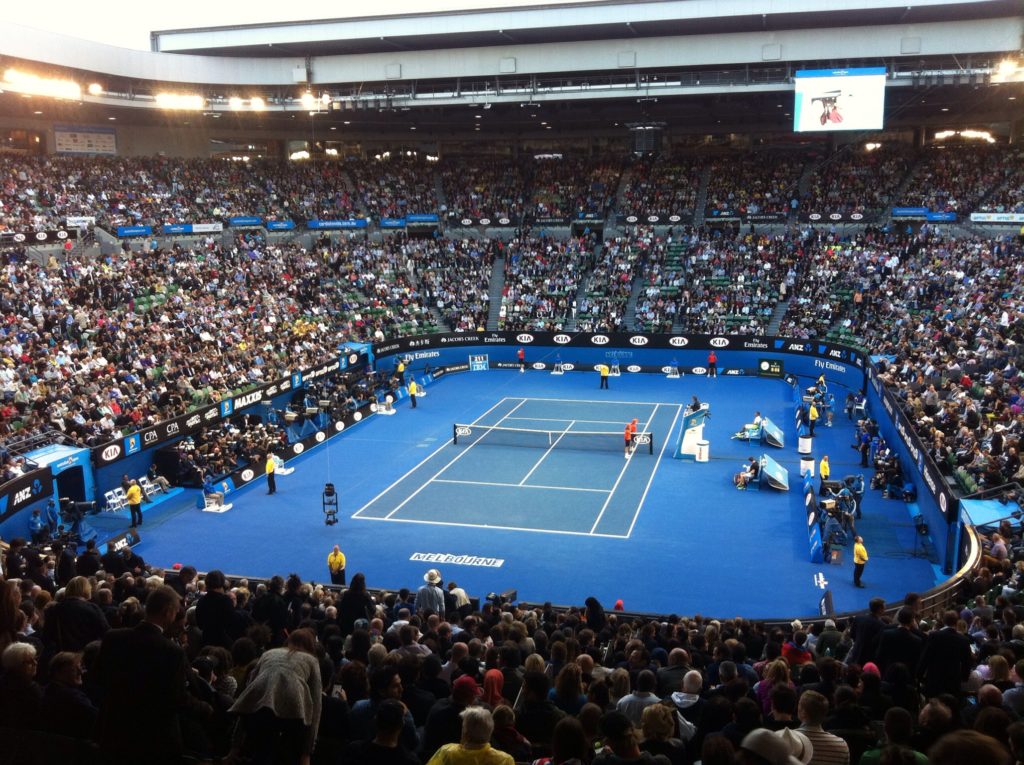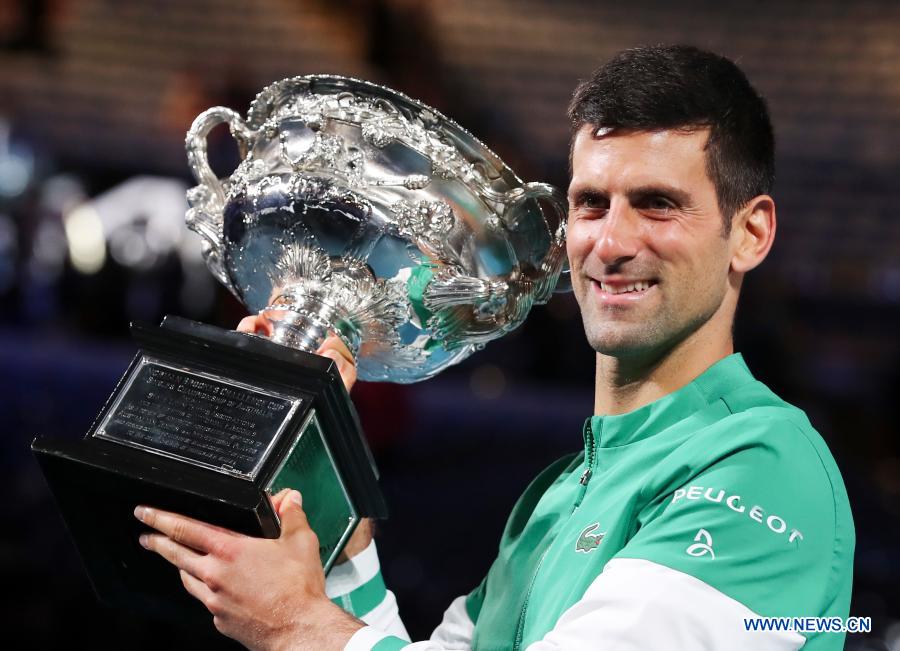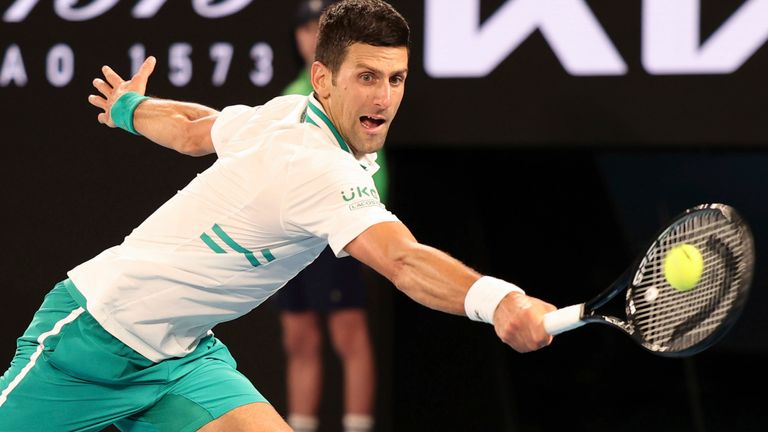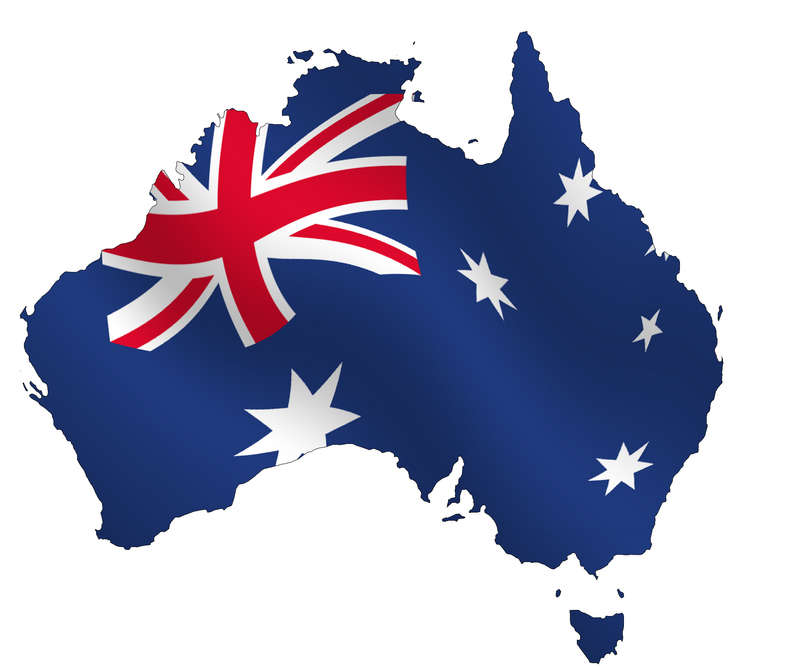| Current WTA World No.1 Ashleigh Barty has today announced her retirement from professional tennis following a remarkable career at the top of the women’s game. Since beginning her professional tennis career in 2010, Barty collected 15 singles titles and 12 doubles titles on Tour, the only player to win 15 or more singles titles and 10 or more doubles titles in that time frame. The 25-year-old Australian won three Grand Slam singles titles on three different surfaces – 2019 Roland-Garros, 2021 The Championships, Wimbledon and most recently the Australian Open in 2022 – and spent 121 total weeks atop the WTA Rankings, highlighting her illustrious career. WTA Chairman & CEO Steve Simon remarked, “Ashleigh Barty with her signature slice backhand, complemented by being the ultimate competitor, has always led by example through the unwavering professionalism and sportsmanship she brought to every match. With her accomplishments at the Grand Slams, WTA Finals, and reaching the pinnacle ranking of No.1 in the world, she has clearly established herself as one the great champions of the WTA. We wish Ash only the very best and know that she will continue to be a tremendous ambassador for the sport of tennis as she embarks on this new chapter of her life. We will miss her.” Barty announces her retirement on the heels of a stretch where she has won 25 of her last 26 matches and won the title at three of her last four tournaments. Barty’s most recent triumph at the Australian Open will likely be remembered as her most impactful victory as she became the first Australian to win the title at her home Grand Slam event in 44 years, and in convincing fashion without dropping a set. Barty becomes the second reigning World No.1 ranked woman to retire while gracing the top of the WTA Rankings, as Justine Henin retired on May 14, 2008, after spending 61 consecutive weeks at No.1. Barty, who first climbed to the top of the WTA Rankings on June 24, 2019, has held the top spot for 114 consecutive weeks, the fourth longest streak in Tour history behind Steffi Graf (186 weeks), Serena Williams (186) and Martina Navratilova (156). Overall, Barty has held the No.1 ranking for 121 weeks, the seventh most in Tour history. Away from the court, Barty has supported several charities in her native Australia. Improving sport and education opportunities for the Indigenous community is her passion and something she will continue to focus on after tennis. She has also donated prize money to the animal welfare organization, RSPCA and helped those affected by bushfires in 2020 and the floods in 2022. Two years after making her professional debut on the ITF Circuit, Barty made her WTA Tour main draw debut at 2012 Hobart, her first of 84 Tour-level main draw appearances. Barty’s first career WTA title came in doubles at 2013 Birmingham playing alongside Casey Dellacqua, the first of five doubles titles together. Barty would go on to win doubles titles with five additional partners and climb to a career-high doubles ranking of No.5, first achieved May 21, 2018. After a two-year hiatus from tennis (2014-16), Barty returned to the Tour full-time in 2017. During the next five years, Barty posted a 188-56 record at Tour-level events for a 77.0% match win percentage. Only Serena Williams (79-22, 78.2%) owned a higher percentage in the last five years. A three-time WTA Year-End No.1 from 2019 to 2021, Barty was twice voted by international media as the WTA Player of the Year, first in 2019 when she won four titles highlighted by capturing her maiden Grand Slam title at Roland-Garros and the Billie Jean King Trophy at the WTA Finals. With a single-season best 56 match wins in 2019, Barty made her Top 10 debut on April 1, 2019. In 2021, Barty earned her second WTA Player of the Year honor after winning a Tour-leading five singles titles, which included capturing her second Grand Slam title at The Championships, Wimbledon and defending her title at the Miami Open presented by Itaú. Across all-levels of play, Barty posted a 305-102 record in singles and a 200-64 record in doubles. Click here to learn about Barty’s decision to retire in her own words. |
